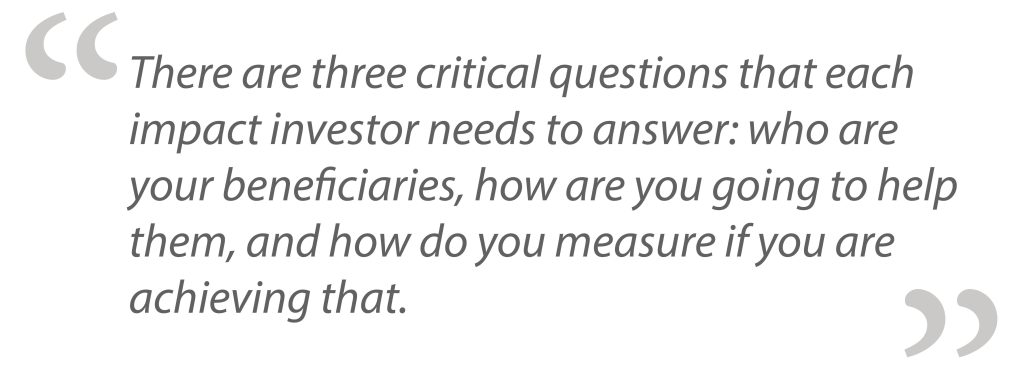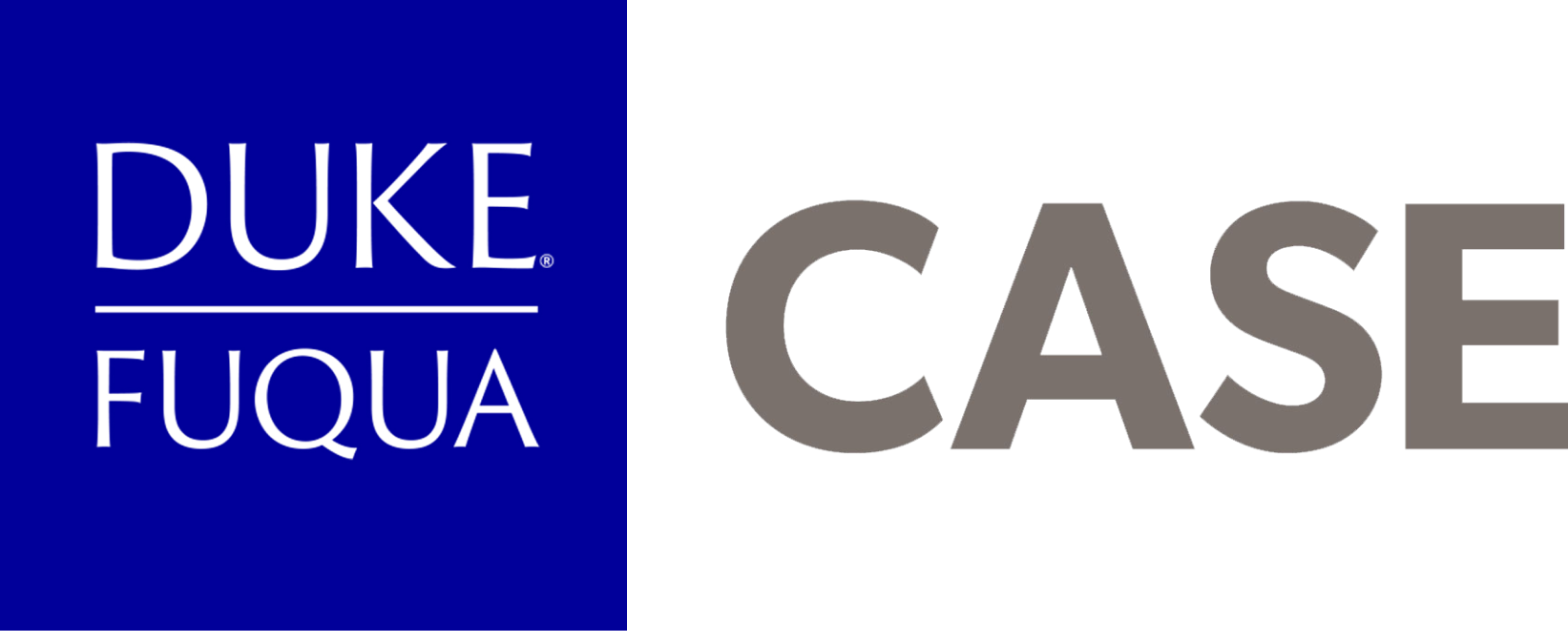
This post was written by Zen Dedekind, CASE i3 Fellow and Co-Chair, in October 2016. Zen attended SOCAP, the annual conference in San Francisco that brings together impact investors, social entrepreneurs, foundations, corporations, global nonprofits, and others contributing to a vibrant marketplace for socially, environmentally and economically sustainable solutions. For more information about SOCAP, visit their website.

Impact investing adds a variable to the traditional finance ratio of risk versus reward. This “impact variable” makes the industry more worthwhile and interesting but also more complex.
That is how the discussion kicked off during a recent panel titled Navigating Impact Investing: The Pursuit of Clarity and Simplicity at the recent Social Capital Markets Conference in San Francisco. During the panel, moderated by our own Cathy Clark, industry leaders from The Bill & Melinda Gates Foundation, Global Impact Investing Network (GIIN), Omidyar Network and BlackRock provided three key insights on how the industry needs to rally together to make it simpler.
Consistent Reporting
Nick O’Donohoe, from the Bill & Melinda Gates Foundation, would like to see consistent reporting of environmental, social, and governance metrics alongside standard financial reports. The impact investing industry started off with too much financial engineering and not enough focus on what exactly the problems are that the industry is trying to solve. There are three critical questions that each impact investor needs to answer in order untangle this complexity: who are your beneficiaries, how are you going to help them, and how do you measure if you are achieving that.
According to Debbie McCoy, this philosophy is reflected at BlackRock, where they have clearly outlined their targeted impact outcomes within their prospectus. This focus has taken the argument away from the complex, yet valid, question of who and what is more important to identifying how and what they will do to achieve their portfolio goals. Within this context, defined impact outcomes are used as a fundamental part of the investment and reporting decisions.

Strong learning networks
“One thing that has been remarkable and unique that we see in [the impact investing industry] is the great generosity of spirit among the actors that are putting the capital to work,” says Giselle Leung from GIIN. GIIN sees a strong interest of those more experienced practitioners who are working to making deals happen while constantly learning and wanting to share what they have discovered with those who are new to the field. It is critical to harness this strong collaborative spirit in a more structured platform, removing the need for repeatedly reinventing the wheel as well as establishing industry-wide best practice.
Identify gaps not covered by investor portfolios
Yasemin Lamy from Omidyar Network laid down the gauntlet. She volunteered to contribute to making a map of existing portfolios. This map would include those who have been in impact investing for over ten years and have invested more than $50 million in this space. It would also help determine what their portfolio has grown to be, identifying areas of overlap or gaps. This information could be invaluable to those entering the industry, not only to define what has already been done but also to look for potential areas of growth and opportunity.
Ultimately, through focusing on achieving beneficiary-driven impact outcomes, leveraging investment knowledge that has been generated over the last decade, and identifying where the gaps of the current industry investment portfolio are, we can reduce complexity by better defining the “impact variable.”

